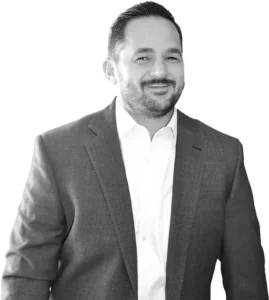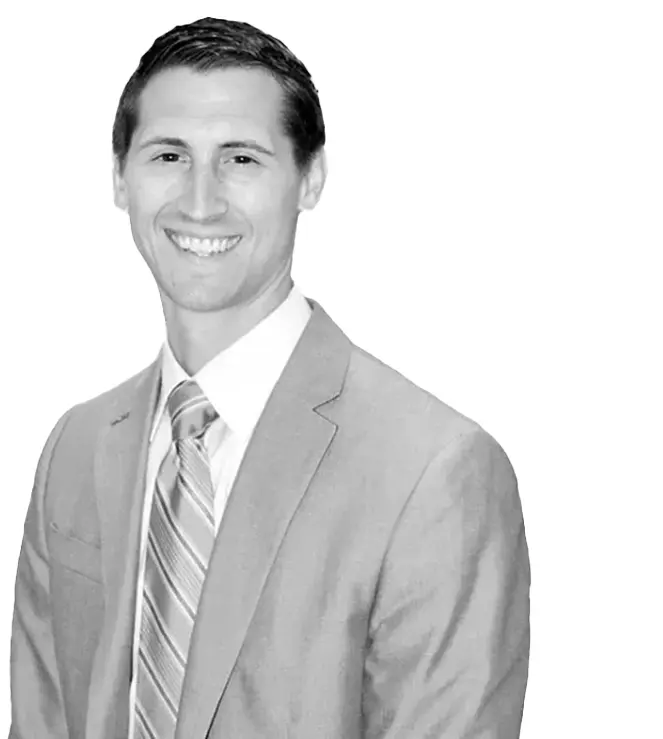Busy, Busy, Busy
When you are a father of three little ones, committed to a career you love, and you stay quite involved with your church, it leaves very little time for hobbies. For our regular readers, you know one of my hobbies – basketball. I love to play, watch, and talk about basketball. The other hobby that I probably share less about here on TOM is my love for cooking.
Cooking is such a great outlet for me. An opportunity to be creative and fulfill one of my other favorite pastimes – eating. It’s such a joy to watch others enjoy my creations, and the list of what you can cook is truly endless. A craft never mastered.
Chef’s Table
Just like a basketball player enjoys watching basketball, a cook enjoys watching cooking shows. One of my personal favorites is a series on Netflix called Chef’s Table. This series profiles one chef in each episode provides a biographical look at the chef and highlights their famed creations. Like Tootsie Tomanetz, the 89-year-old pit master at the world-renowned Snow’s BBQ in Lexington, Texas, she’s a high school janitor during the week and a pit master on Saturdays.
It’s these backstories, the inside scoop on the people, that help paint the picture of why they do what they do and what unique take they bring to their craft. The experiences, the background, the trials, the triumphs, the culture, the families, etc, all build into their story and their cooking.
Influenced
Investors are just like chefs; they are not immune to the influences that have built up their paradigms, perspectives, and philosophies about investing. David Bahnsen regularly shares about how the Tech (dot-com) Bubble of the late 90’s had such an impact on him. Bahnsen, a dividend growth evangelist, had a front-row seat for the financial destruction that preys on speculators. So, he adopted a strategy that depends on real, visible, reportable, computable profits that are earned and then shared with investors (dividends).
Again, in some shape or form, we are all a product of our experiences – chefs and investors alike.
Cookbooks
Two chef profiles during my binge-watching of Chef’s Table led to me purchasing the profiled chef’s cookbooks. The cookbooks aligned with the theme I’v been highlighting; in between each of the recipes a commentary unpacked a bit more of the person behind the apron.
With that in mind, today, I’d like to share my recipe for portfolio design and some more insights into my personality and the influences that led to this portfolio recipe.
Surprisingly Averse
I grew up competing in BMX racing. I’ve broken a lot of bones as I chased the finish line alongside 7 other racers going +20 mph jumping +30 foot obstacles. You’d label competitors in this type of extreme sport as risk-takers.
Surprisingly, though, I am pretty risk-averse when it comes to finances. Why? I’ve seen so many loved ones – family and friends – struggle financially. I’ve seen bad fortune and bad planning cause financial damage that leaves lifetime scars. This has always instilled a healthy fear, or healthy respect, for markets, investing, and planning.
Insurance First
For this reason, the first ingredient in my recipe is insurance. You might be surprised to hear me say that, but the most fine-tuned portfolio and financial plan can be absolutely obliterated in the blink of an eye by a surprise event. A health issue, a car accident, a litigation, a disability, etc.
So, before diving into tax strategies or stock picking, you need to make sure you place a moat around your balance sheet. Some basic protections need to be in place. This means appropriate coverage on property and casualty (home, auto, and umbrella), basic life insurance coverage, disability insurance, health insurance, business-related coverages, and any other reasonable insurable risks that are out there.
Again, it can take a lifetime to build wealth and a single moment for a surprise incident to destroy it. The first ingredient in my recipe is insurance.
Safety Nets
The next ingredients are cash and credit.
I want to build up a safety net that helps provide some coverage that wouldn’t be accounted for with insurance. A roof repair, root canal, or new radiator may not have been in my budget. I need some accessible (liquid) funds to accommodate for the surprises that life will throw my way.
I love this quote from Charlie Munger, “The first rule of compounding is to never interrupt it unnecessarily.” The best way to not disrupt my investment portfolio is to have a safety net to draw from when the need arises.
The ingredients for this safety net are twofold – cash and credit. I want some cash and cash-like investments on hand, as well as access to credit (borrowing). Credit is a nice feature because it allows me some additional capacity without needing an excessive amount of cash on hand. Cash can have some drag on compounding, so credit is a complementary feature.
I may never borrow a cent from my credit lines, but I want them to be open and available. I want a credit line on the equity in my home, and I want a credit line on the equity in my portfolio. As a risk-averse person, I want the optionality and capacity that credit affords me.
Proportional Portions
Like any recipe, we will have ingredients and the relative quantities of each ingredient. The proportions of each ingredient relative to one another matter a lot. Take bread, for example, a little bit of yeast and a lot of flour.
I’m going to portion my safety nets relative to my expenses. I may hold onto two or three of my annual expenses in cash / cash-like assets, along with another couple of year’s worth of expenses accessible on my credit lines. This is like having four or five years of food and water in my basement to satiate my needs for a financial apocalyptic type event.
Compounders
In the same respect, as with my yeast-to-flour ratios, I really want the compounders in my recipe to overshadow my safety net. If at all possible, feasible, and tolerable, I want to have the lion’s share of my recipe allocated to investment that will compound at an attractive rate. These monies need to outpace inflation, accumulate wealth throughout my lifetime, and then fulfill my legacy goals. These compounders are things like stocks, real estate, private equity, high-yield loans, etc.
I want to commit the rule of 72 to memory. Knowing that a 7% return doubles my money every 10 years and a 10% return doubles my money every 7 years. Compounders should be doubling in value every 7-10 years, which gives you a good idea of return expectations for those ingredients.
More Tolerable
In cooking, sometimes you can help to tame some spice with the right accompanying ingredient. In Mexican food, sometimes an ingredient like sour cream or avocado can help to make a jalapeño more tolerable.
Those compounders are going to be spicy. Those risk assets (e.g., stocks) are going to have volatile prices. Swings up and down in value that can be difficult for a risk-averse investor like myself to tolerate. Let me share two truths that may assist with the tolerability. You can consider these things like the avocado and sour cream of the investing world.
(1) You need to consider both sides of the risk coin. Yes, volatility is uncomfortable, but it can be diluted with time and patience. The other side of risk is being underweight compounders and allowing your money to erode its purchasing power (inflation). A healthy allocation to compounders, held/endured for a long time, will build more financial optionality in the long run.
(2) Having an advisor alongside you should allow you to tolerate more volatility. Volatility can be unsettling because of the uncertainty it entails. An advisor well-versed in the history of markets, with the ability to communicate well and the ability to empathize, should allow you as an investor to extend your tolerance and endurance. I don’t claim this as a textbook theory, but rather something I’ve seen firsthand.
Leave a Legacy
The last ingredient of every recipe should be to enjoy the meal. You worked hard. You prepped, you executed, you endured, and you completed the task at hand. Now, enjoy!
Joy is in the eye of the beholder, so the final step for you as an investor is to map out your legacy. For Andrew Carnegie it was libraries, for Bill Gates it’s eradicating malaria, and it is for you to dream up what you’d like your legacy to be.
Again, a solid investment recipe will lead to a surplus. With surplus comes options. Your legacy planning will be all about selecting what option suits your family best.
A Recipe Recap
This is the basic overview, my recipe in a nutshell.
Start with insurance first – make sure you are well protected and no obvious gaps or glaring risks are left unaccounted for.
Create a sufficient safety net using cash and credit to make sure some multiple of your expenses are available if a surprise need arises.
Within what’s reasonable, seek to maximize what you can place in your basket of compounders. The intent here is to grow your wealth, retain purchasing power, and create financial optionality.
Lastly, you take that optionality and shape it into your legacy. You give meaning and purpose to your wealth; you enjoy the fruits of your labor.
That’s it; that’s my recipe.
Enjoy!







